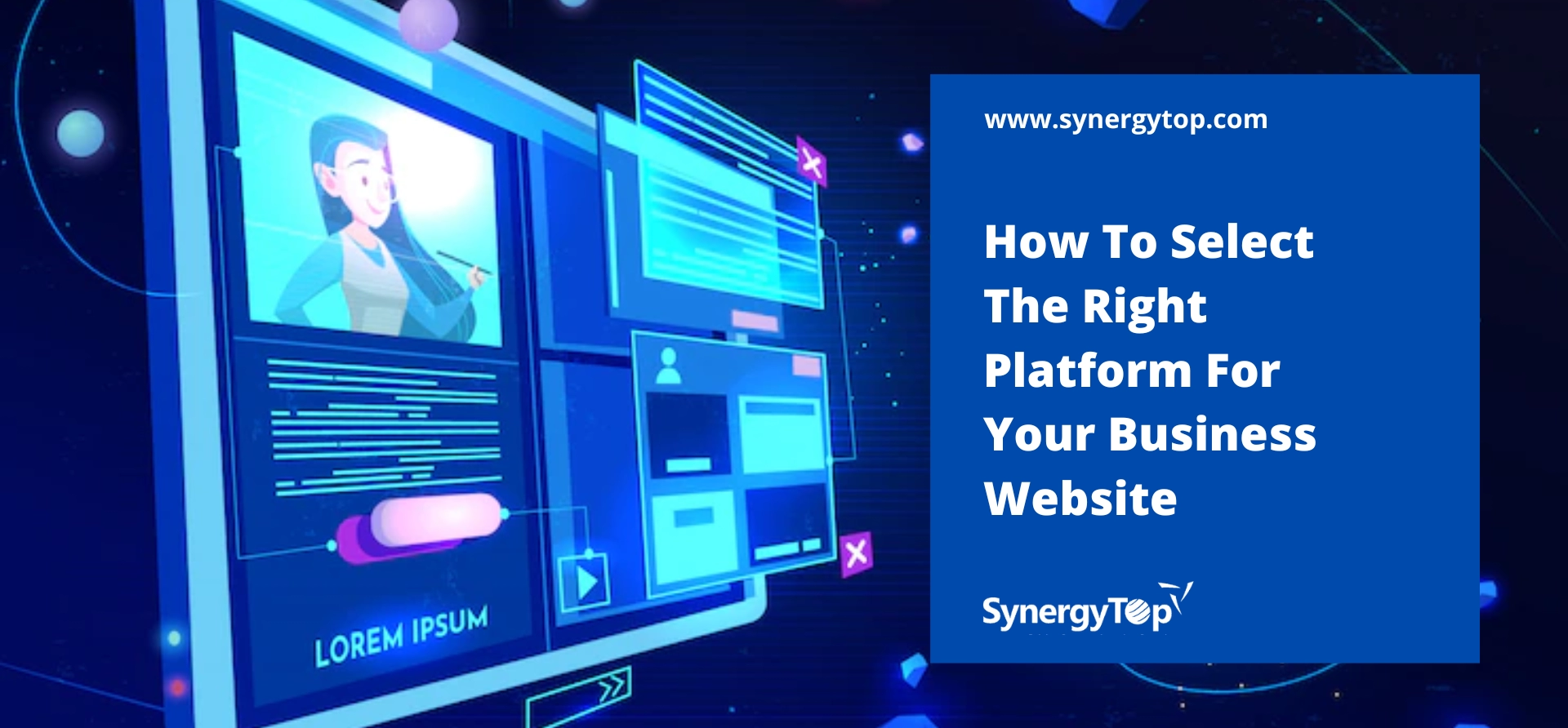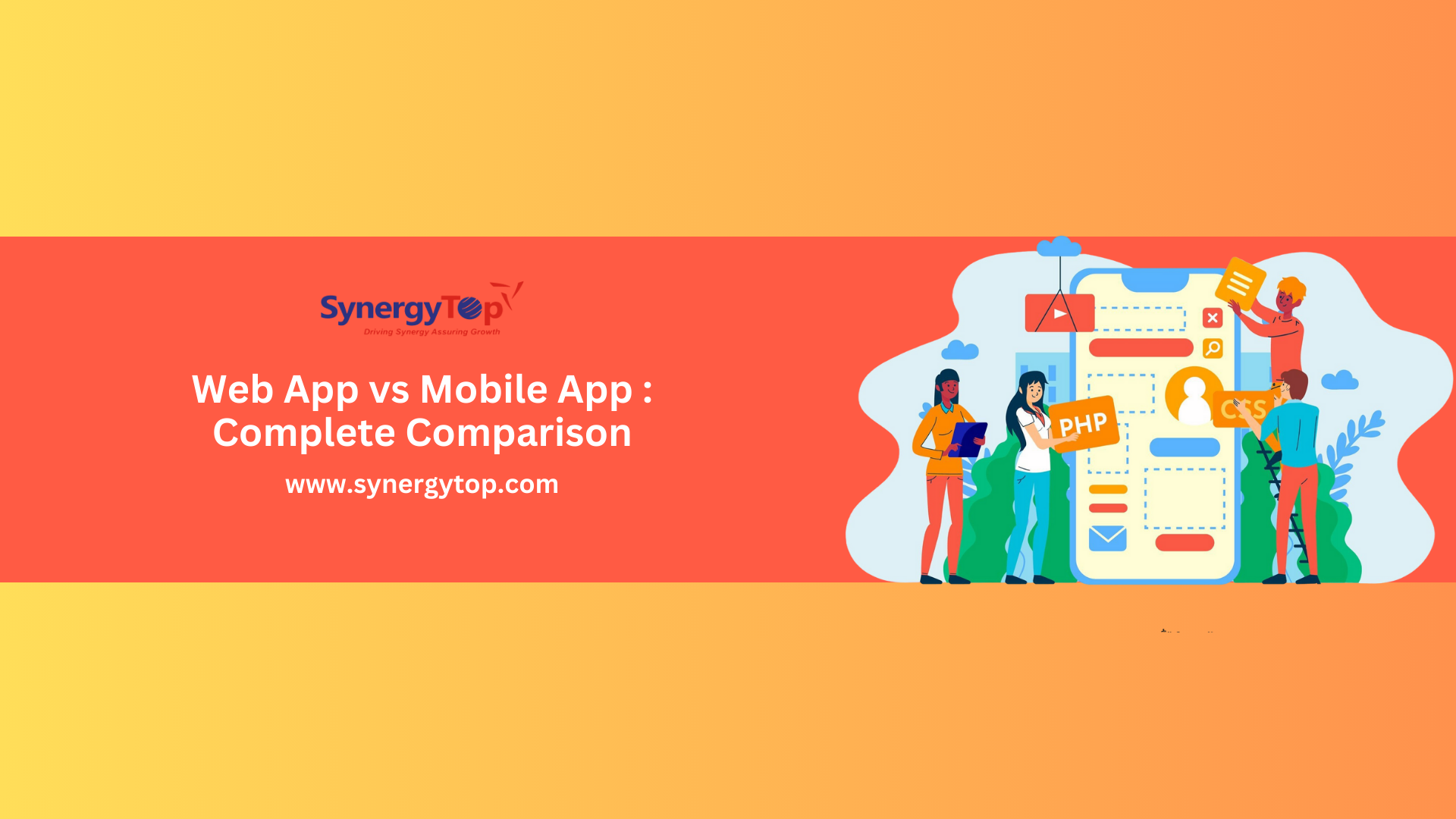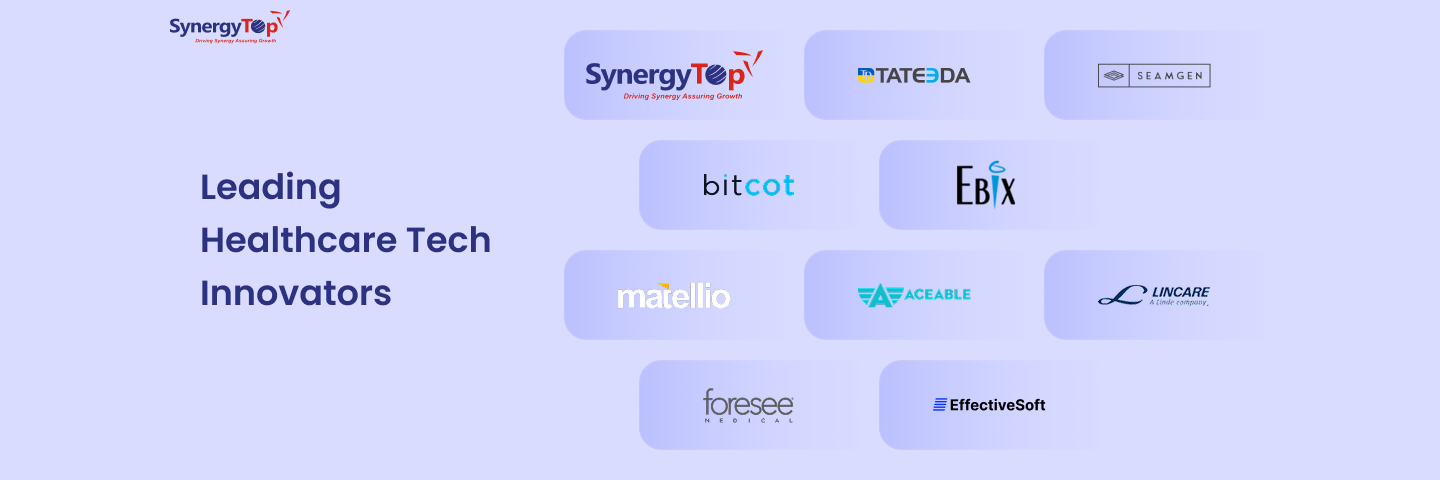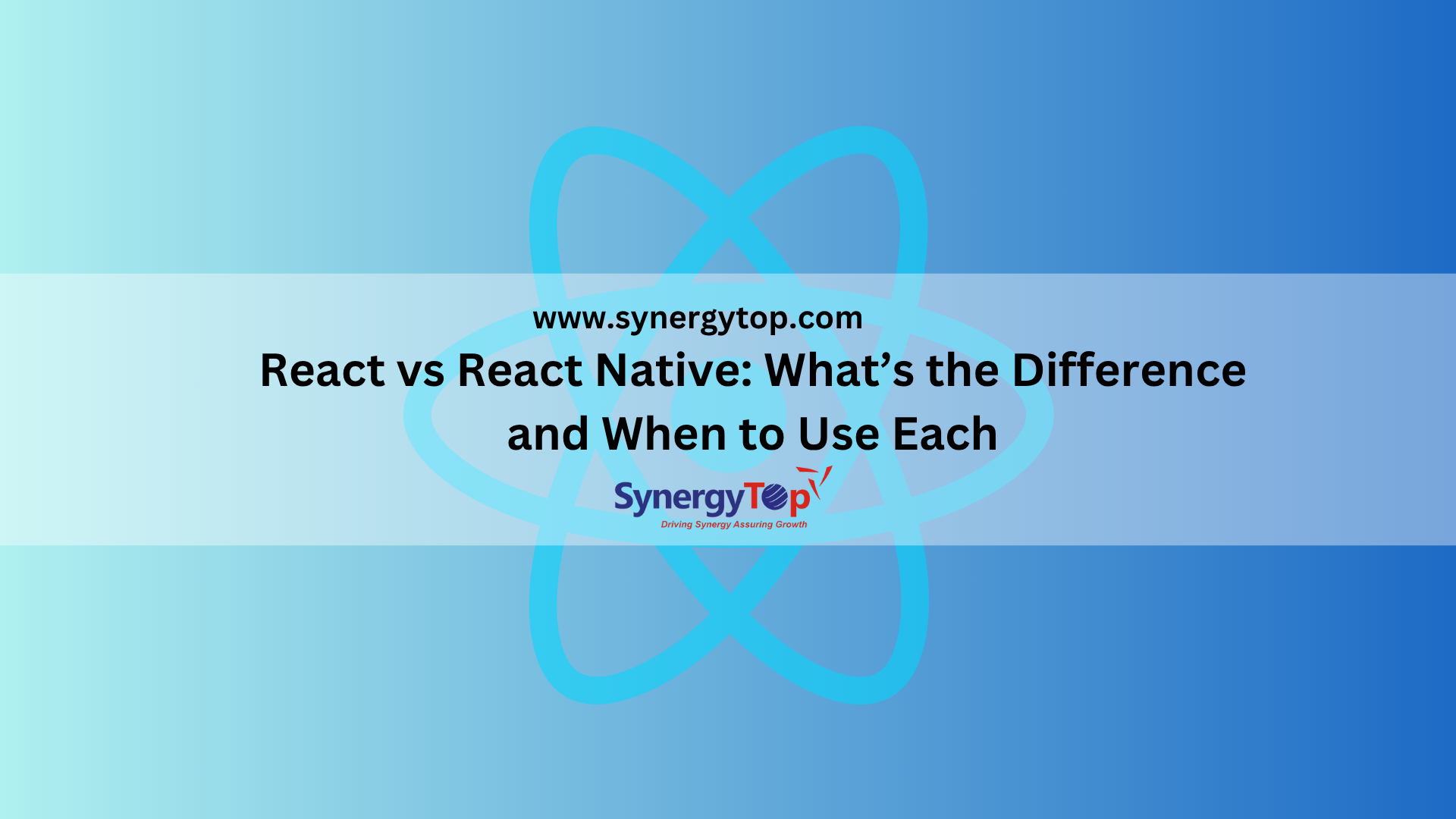Your business website is your address on the Internet. A place where your customers and prospects can find you. Much like building a place that you can call home, you need to be very careful about building your website too.
And it all starts with the foundation – the platform on which your website is built. Everything that you need from your website and everything that ultimately follows – the look and feel of your website, its customization abilities, the final results that you get from your website – depend on the core website technology or platform.
Now, there are several hundreds of platforms, if not more, that you can use for building your website. Can you try them all before finalizing one? Absolutely not.
That’s why you need to streamline your options. That would ensure that you don’t waste your time and still get the right solution.
So here, based on my 20+ years of experience in building websites for clients from across the globe, I have listed a simple 3-step process that you can follow to find the right website development platform for your business.
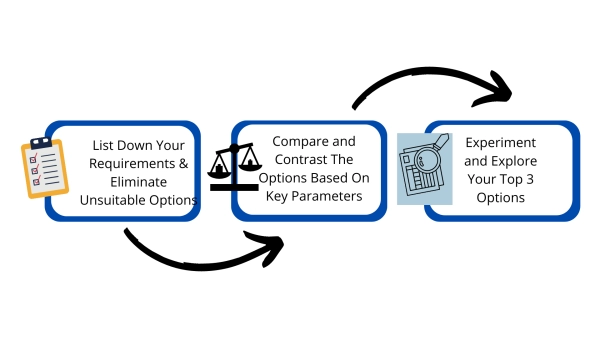
Read on.
Step 1 – List Down Your Requirements and Eliminate Options That Don’t Meet Your Needs
There are several platforms and technologies that you can use for building a website. And you cannot, of course, try out all of them. The simplest way to streamline your options is to first list down your requirements and then eliminate the options that don’t meet your needs.
For example, if you are looking to build a website that will eventually evolve into an eCommerce store, a platform with mediocre or non-existent eCommerce functionality isn’t ideal.
Similarly, if you have a budget that you need to adhere to, platforms that come at greater costs or technologies for which developers are expensive can be eliminated.
Other factors that can help you cut down options include:
- Level of customization
- SEO-friendliness
- Security functionalities
- Support availability
- Managed Hosting
Based on all these factors, you can remove the options which don’t meet your key needs.
Step 2 – Compare and Contrast The Options Based On These 5 Key Parameters
Once you have streamlined options, you should ideally be left with no more than 10 platforms/technologies. Now it is time to compare and contrast these 10 options based on the following 5 parameters.
1. Ease of Use
Even if you are hiring a web developer for your website building needs, you should consider ease of use. This is important especially if you plan on managing the website yourself later on or having your non-technical team push regular content on the site.
2. Pricing
Considering the cost is something that goes without saying. And open-source options are the best bets in my view. You save on the platform fee and you also get the flexibility to change hosting providers as per your budgetary needs.
3. Customization Capabilities
If a platform has a lot of beautiful templates, you might be tempted to pick that. But consider this: If the templates have a limited scope for customization, you might not be able to build a website with a look and feel that is unique to your brand. Thus, the wider the customization scope, the better it is.
4. Support Availability
Having support for your website-building platform is always a plus. And open-source options lack that. But here there are two things that you need to pay attention to. One, if you have dedicated developers or a website development company, they can be your go-to people for website-related tech support. Also, a wide community for that platform can also come to your aid. So don’t just consider platform support but developers and community as well.
5. SEO-friendliness
What’s the purpose of a website that people cannot see? That’s why search engine optimization is important. You need to make sure your website is inherently SEO-friendly and offers the right tools, plugins, and integrations to ensure proper search engine optimization.
Step 3 – Experiment and Explore Your Top 3 Options
Based on the previously-mentioned factors, you can score the top 10 platforms that you have considered. Once you have your top 3, you should talk to experts and discuss with them the pros and cons of the platforms/technologies.
With expert opinion, you will be able to find the platform that best meets your needs.
3 No-Fail Platforms For Your Business Website
With 20+ years of experience in the IT field and 8+ years of running a website design and development company, I have worked with 50+ website-building platforms. And here are my top 3 picks for building your website –
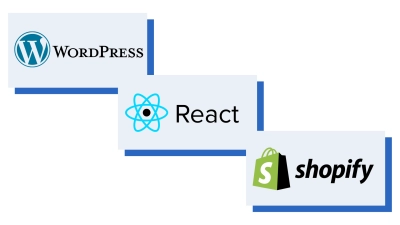
- WordPress – A no-fuss CMS suitable for startups and SMEs
- React – A dependable solution to ensure web app-like functionalities for enterprise need
- Shopify – A customizable platform for eCommerce-centric businesses
All you need to create a functional, beautiful, secure, scalable, and stable website with either of these solutions is a dedicated developer.
SynergyTop – A One-Stop Destination For Your Website Design and Development Needs
No matter what technology to choose as the base of your website or what niche you serve, our team of web designers and developers can help you materialize your dreams.
With SynergyTop, you get:
- End-to-end website development including design, wireframing, development, and post-launch support.
- Experts with a minimum of 3 years of hands-on experience with web design and development.
- 100% maintenance and security support.
- SEO-friendly website design and development.
- Easy monthly digital marketing plans to ensure visibility, traffic, and conversions on your website.
Ready to get your website built? Schedule a consultation with our team to discuss platform options and get the process started soon.


